Slow Dentistry
Early detection of dental problems is vital for effective treatment. With microscope dentistry, dentists can detect problems at a very early stage because of the magnified view they have of the oral structures.

Its cornerstones Slow Dentistry®:
1. Anesthesia - complete anesthesia of the operation area before performing each treatment (if required)
2. Rubber Isolator - application of rubber isolator to all splints and other dental procedures to ensure isolation and prevent contamination.
3. Disinfection of the area - complete and appropriate disinfection of international and Greek guidelines to prevent contamination (hand washing, dental chairs, handles, floor, surfaces, etc.)
4. Informed consent - fully informing and understanding patients about each treatment, explaining risks and benefits in detail.
What you need to know
What is slow dentistry and how is it different from traditional dentistry?
Slow dentistry is an approach that emphasizes a more attentive and patient-centered dental experience. She focuses on providing thorough, high-quality care rather than rushing appointments.
How does slow dentistry benefit patients?
Slow dentistry aims to enhance the overall patient experience by prioritizing personalized care, minimizing stress and anxiety, and ensuring thorough treatment planning. By taking the time to listen to patients' concerns and needs, slow dentistry aims to improve outcomes and build stronger dentist-patient relationships.
What factors contribute to the "slow" approach to dentistry?
Slow dentistry involves several factors, including comprehensive exams, detailed treatment planning, and a focus on preventive care.
How does slow dentistry affect the quality of dental treatments?
Slow dentistry prioritizes precision and excellence in dental procedures. By allowing enough time for each treatment, dentists can pay close attention to detail, minimize the risk of errors and ensure that patients receive the best possible care.



